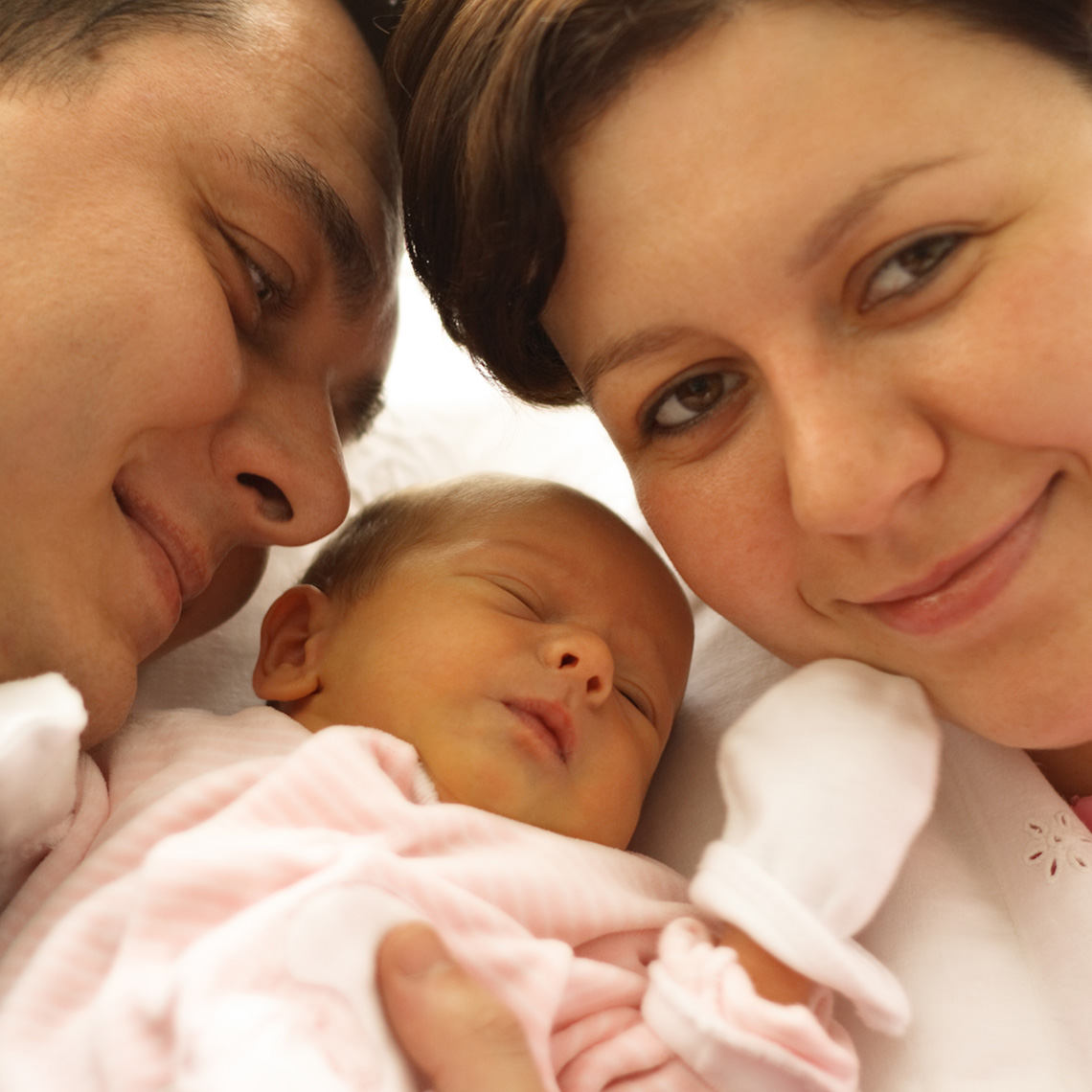Guideline
OB Guideline 25: Patients with Previous Cesarean Delivery
Evaluation
Make an effort during the pregnancy to document the type of prior incision made in the uterus, and the indication(s) for the prior cesarean delivery. The birthing pelvis should be clinically evaluated.
Contraindications to a trial of labor after cesarean:
- prior cesarean delivery1,2 involving the upper contractile portion of the uterus (classical uterine incision),
- prior T incisions on the uterus,
- prior uterine surgery involving the upper contractile portion of the uterus with significant disruption of the uterine wall or entering of the uterine cavity,
- prior uterine rupture or dehiscence,
- more than two consecutive cesarean deliveries and no prior or interval vaginal deliveries,
- a too small or “contracted” pelvis, and
- other contraindication to vaginal delivery.
If the previous operative note cannot be located, an unknown scar is not a contraindication to trial of labor.
Counseling
Discuss with eligible patients the risks and benefits of a trial of labor after cesarean versus a scheduled repeat cesarean delivery. This discussion should occur after all past obstetrical history is obtained and should, ideally, occur early in the pregnancy. Issues that may be important in this decision include:
- success rates of a trial of labor;
- perinatal morbidity and mortality;
- birthing person morbidity, including infection, operative injury, hysterectomy, transfusion;
- uterine rupture;
- recovery and hospital stay; and
- risk of additional cesarean deliveries.
A consent form should be used as documentation of this discussion in the medical record (see Appendix F).
Scheduled Repeat Cesarean Delivery
Patients for whom labor is contraindicated, such as those with previous classical uterine incision or myomectomy in the upper contractile portion of the uterus, should be delivered by a scheduled repeat cesarean delivery. Timing of delivery will be determined by clinical circumstances.
Patients with lower uterine segment incisions, who decline a trial of labor, can be scheduled for a repeat cesarean delivery by or after seven days prior to the EDD. Alternately, the patient and the clinician may choose to await the onset of labor.
Trial of Labor After Cesarean Delivery
- A physician who has credentials to perform an emergent cesarean delivery should be immediately available throughout active labor.
- Anesthesia and nursing/operating room personnel should be available for emergent performance of a cesarean delivery.
- Continuous electronic fetal monitoring should be instituted no later than the institution of the use of epidural or oxytocin. According to ACOG, most authorities recommend continuous electronic monitoring during labor.
- Intravenous access should be obtained in all patients with a prior cesarean delivery.
- Oxytocin may be used for augmentation of labor in the absence of disproportion.
- Oxytocin may be used for cervical ripening or induction after a discussion with the patient of the increased risk of uterine rupture associated with its use.
- Prostaglandins (including Misoprostol) should not be used for third trimester cervical ripening or the induction of labor after a prior cesarean delivery or major uterine surgery.
After a successful vaginal delivery, exploration of the prior uterine scar is not necessary in the absence of symptoms of uterine rupture, such as bleeding.
Footnotes
- Vaginal birth after previous cesarean delivery. ACOG Practice Bulletin No. 205 Feb. 2019. American College of Obstetricians and Gynecologists.
- Induction of labor. ACOG Practice Bulletin No. 107. August 2009, Reaffirmed 2020. American College of Obstetricians and Gynecologists.
| << Guideline 24 | Web Guideline Home Page | Guideline 26 >> |
More CRICO Guidelines or Algorithms
General Informed Consent Guidelines


Challenge: Take the OB Clinical Guidelines Test

OB Guideline 15: Assessment and Monitoring in Labor and Delivery

